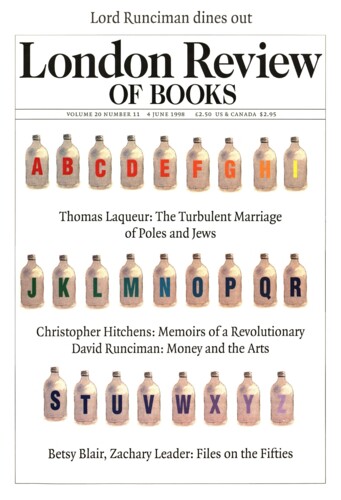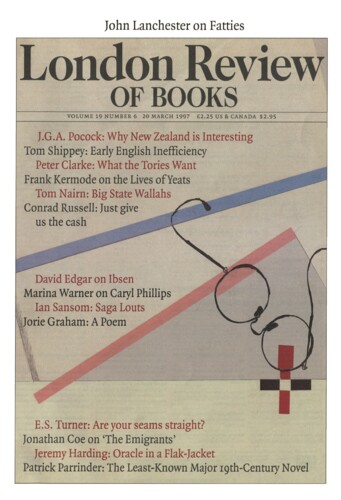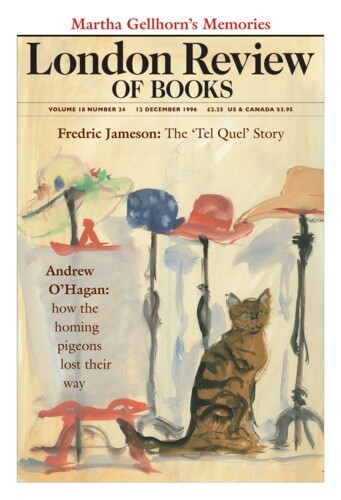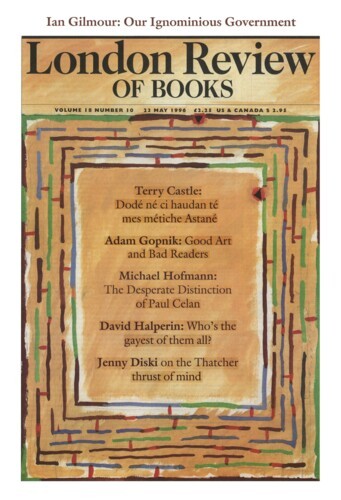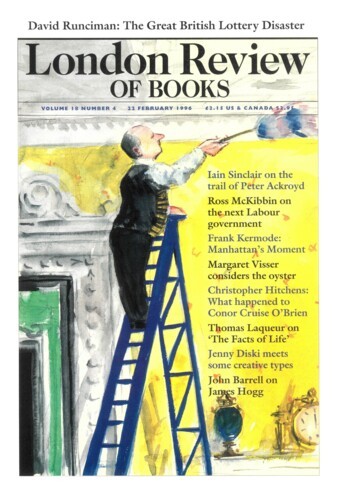Keep your eye on the tide, Jock: naval history
Tom Shippey, 4 June 1998
It’s a hard life these days for a naval historian. His readers, brought up on Horatio Hornblower and Patrick O’Brian’s Jack Aubrey, know all about the technicalities and the details of the service already. Stuffed with explanations of loggerheads and bitter ends, capable of laughing at jokes about dog-watches and sailing on a bowline, they will neither turn a hair nor shift a backstay when faced by sentences like, ‘Nevertheless the performance of a large, especially a taunt sail to windward will always be limited by the difficulty of controlling the weather leach.’ They will nod understandingly and wonder why the three-masted rig, with topsails and topgallants, was not introduced earlier.‘
